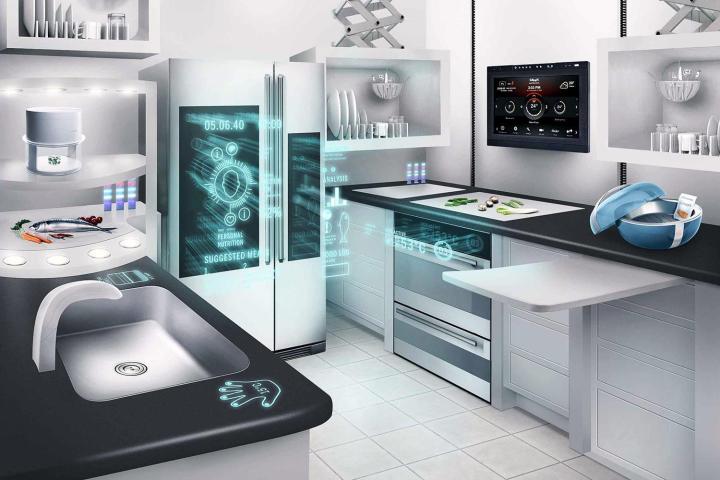
That’s the question Microsoft has been trying to answer since it first revealed its Internet of Things Windows 10 Preview earlier this year, and now we’re one step closer to that dystopian reality thanks to the release of Windows 10 IoT for the Raspberry Pi 2 and MinnowBoard Max.
For those not in the know, Raspberry Pi is a $35 computer resembling the size of a credit card, mainly used by educators and developers. MinnowBoard Max, on the other hand starts at $99, but bears better customization options and a 64-bit Atom processor, again, mostly focused on developers.
The arrival of IoT Core on these devices means developers can acquire the tools to start making apps via the Windows IoT Dev Center. Doing so, however, requires a device running the launch day version of Windows 10 for desktop (build 10240) as well as the most recent edition of Visual Studio.
Developing for Windows 10 IoT differs dramatically from other variants of the OS. For instance, many of the devices that support IoT Core don’t possess displays, so you could be developing for an air hockey table or an air conditioning unit.
Microsoft says developers can “write a Universal Windows app that is the interface and ‘personality’ for your device.” The platform is designed to be relatively easy for developers to navigate, even when creating apps for “professional grade devices.”
With this version in particular, Wi-Fi and Bluetooth are now supported, clearly an improvement for those looking to devise software for smart devices.
Additionally, Microsoft boasts improved support for programming languages Python and Node.js, better GPIO performance support on the Raspberry Pi 2, and more clear-cut control over system features such as time zone and network connections.
Geared mostly toward engineers, more information about this release has been outlined by Microsoft in a recent blog post.


